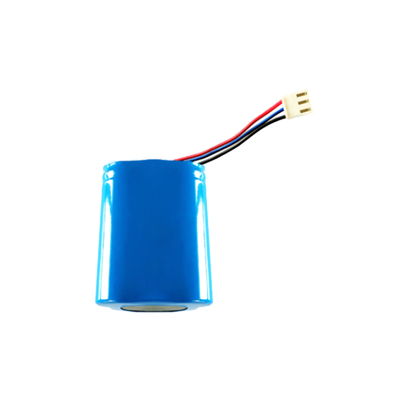What is the battery in a solar street light like.
Solar street lights are lighting devices that use solar energy to generate electricity, providing illumination at night without the need for an external power source. One of the core components of solar street lights is the battery, which stores the energy collected through solar panels during the day for use at night. So, what is the battery in a solar street light like?
The commonly used battery in solar street lights is
lithium battery. Lithium batteries are a type of rechargeable battery with advantages such as high energy density, long lifespan, and lightweight, and are therefore widely used in solar street lights. The positive electrode material of lithium batteries is usually lithium iron phosphate (LiFePO4), while the negative electrode material is graphite. The electrolyte of lithium batteries is an organic solution containing lithium salts and organic solvents.

The role of lithium batteries in solar street lights is to store the energy collected through solar panels during the day and release it at night for use by the street lights. During the day, solar panels convert solar energy into electrical energy, which is then stored in batteries through a charging controller. At night, when the ambient light is insufficient, the light control switch will automatically turn on and the solar street lights will start working. At this point, the battery will release the stored energy and supply it to the LED lights for illumination through the control circuit.
The selection of lithium batteries in solar street lights is based on their advantages and adaptability. Firstly, lithium batteries have high energy density and can store more energy, thereby extending the working time of solar street lights. Secondly, lithium batteries have a long lifespan and can withstand multiple charge and discharge cycles, reducing the frequency and cost of battery replacement. In addition, lithium batteries are relatively lightweight, which can reduce the overall weight of solar street lights and facilitate installation and maintenance.
However, lithium batteries also have some drawbacks. Firstly, the cost of lithium batteries is relatively high and more expensive compared to other types of batteries. Secondly, the performance of lithium batteries will be affected in high-temperature environments, making them prone to overheating and damage. Therefore, when designing solar street lights, it is necessary to consider the ambient temperature and heat dissipation measures to ensure the normal operation of the battery.
In general,
Solar Street Light Battery are commonly used in solar street lights, which have advantages such as high energy density, long lifespan, and lightweight. Lithium batteries can store energy collected through solar panels during the day and release it at night for use by streetlights. However, the cost of lithium batteries is high and their performance is affected in high-temperature environments. Therefore, when designing solar street lights, it is necessary to comprehensively consider the performance and cost of the battery to ensure the normal operation of the solar street lights.
